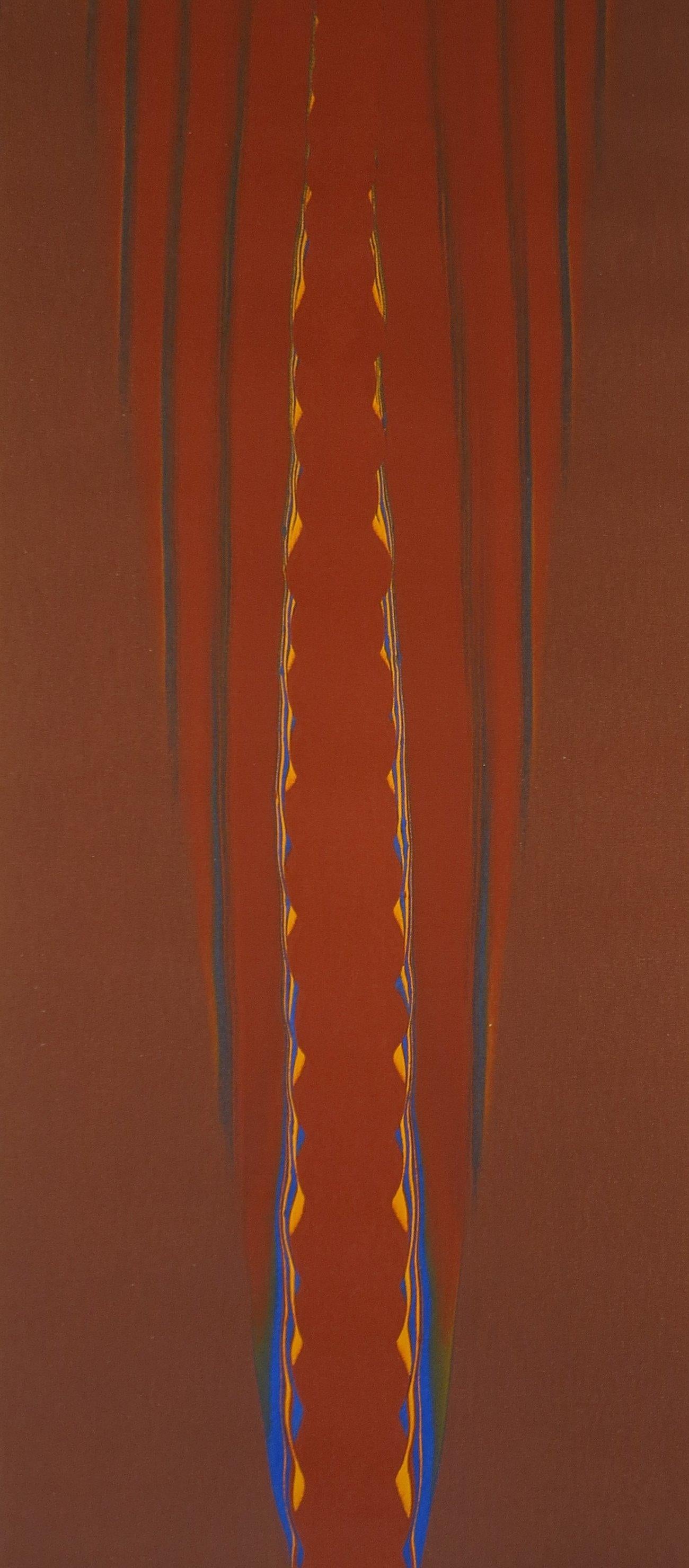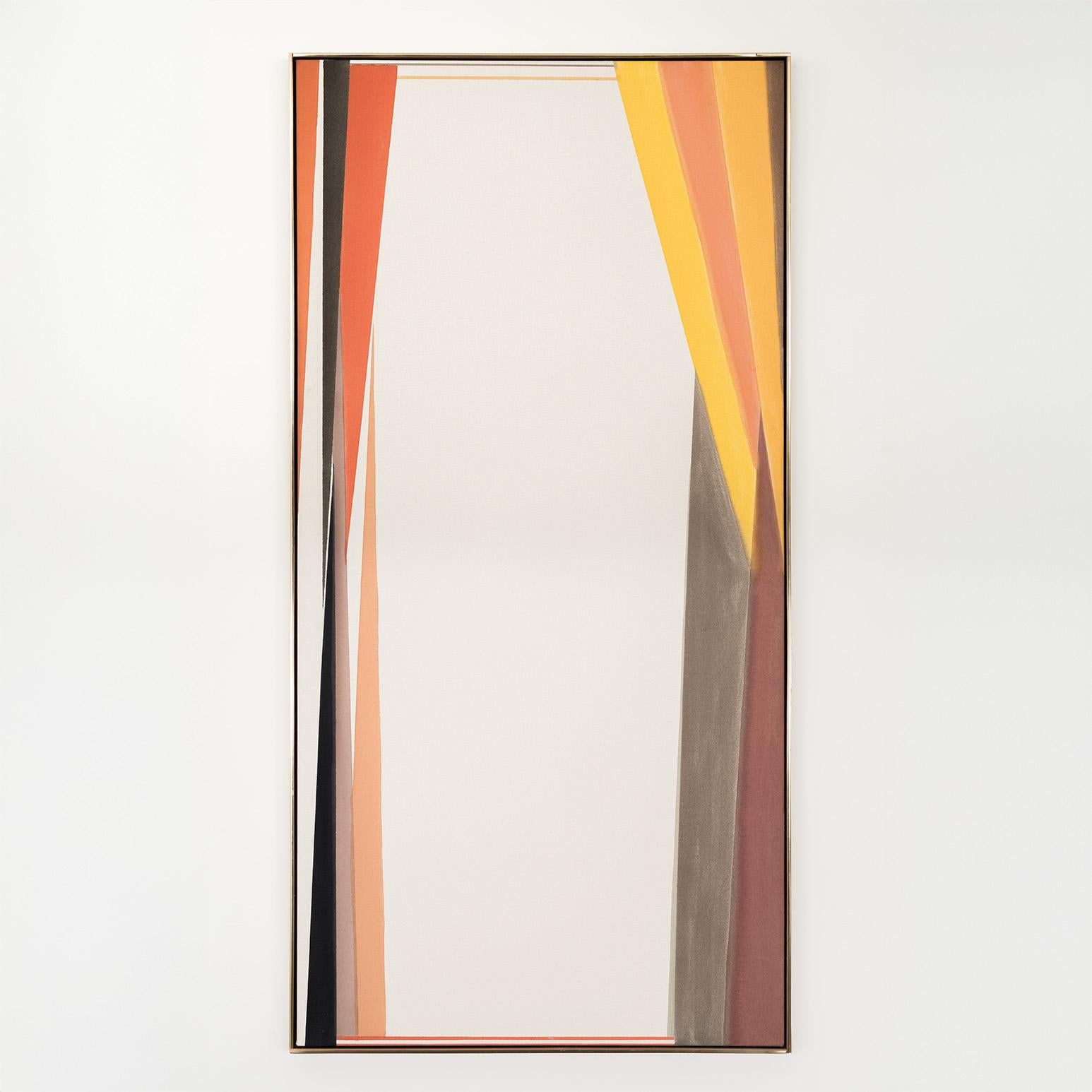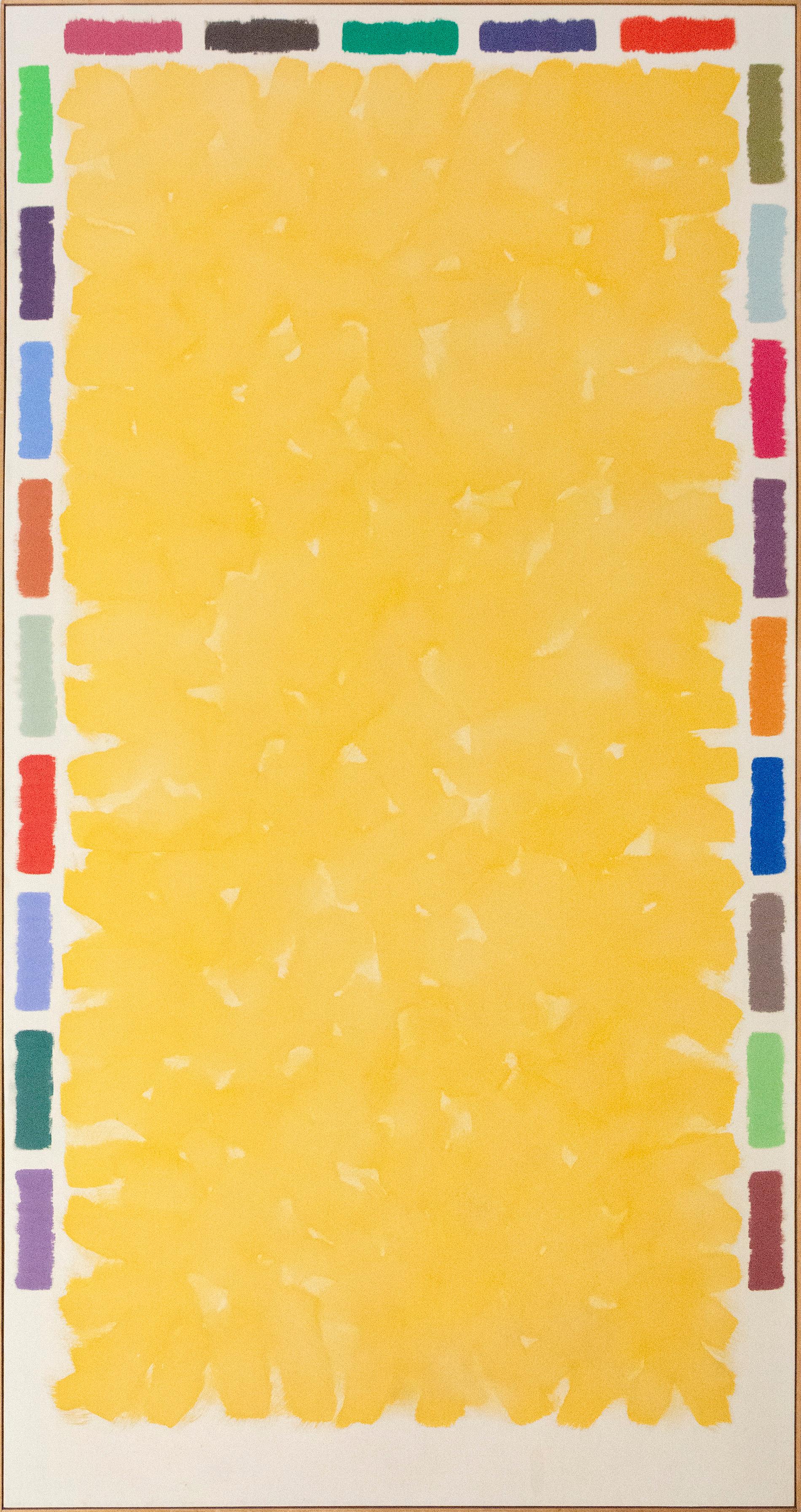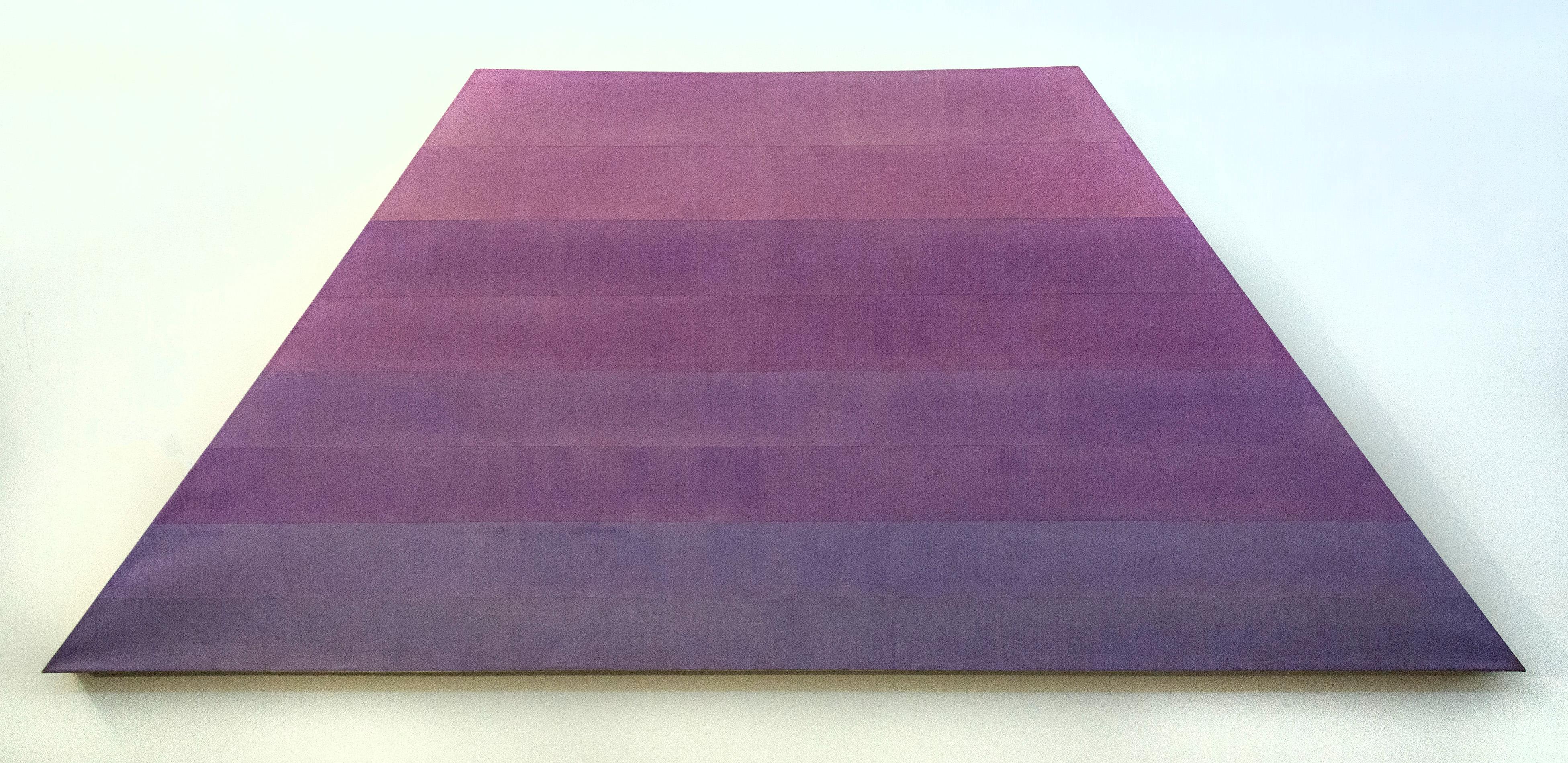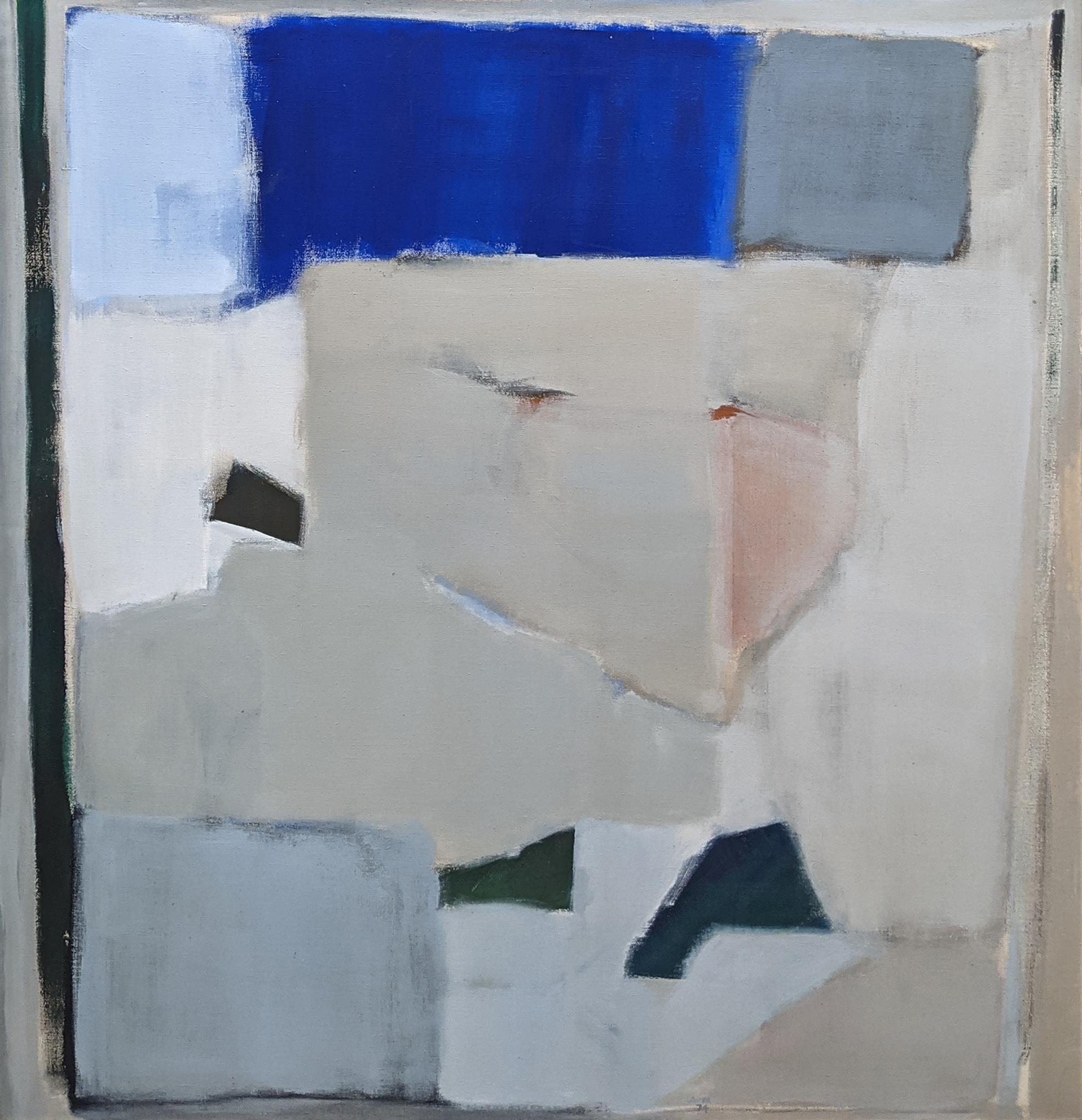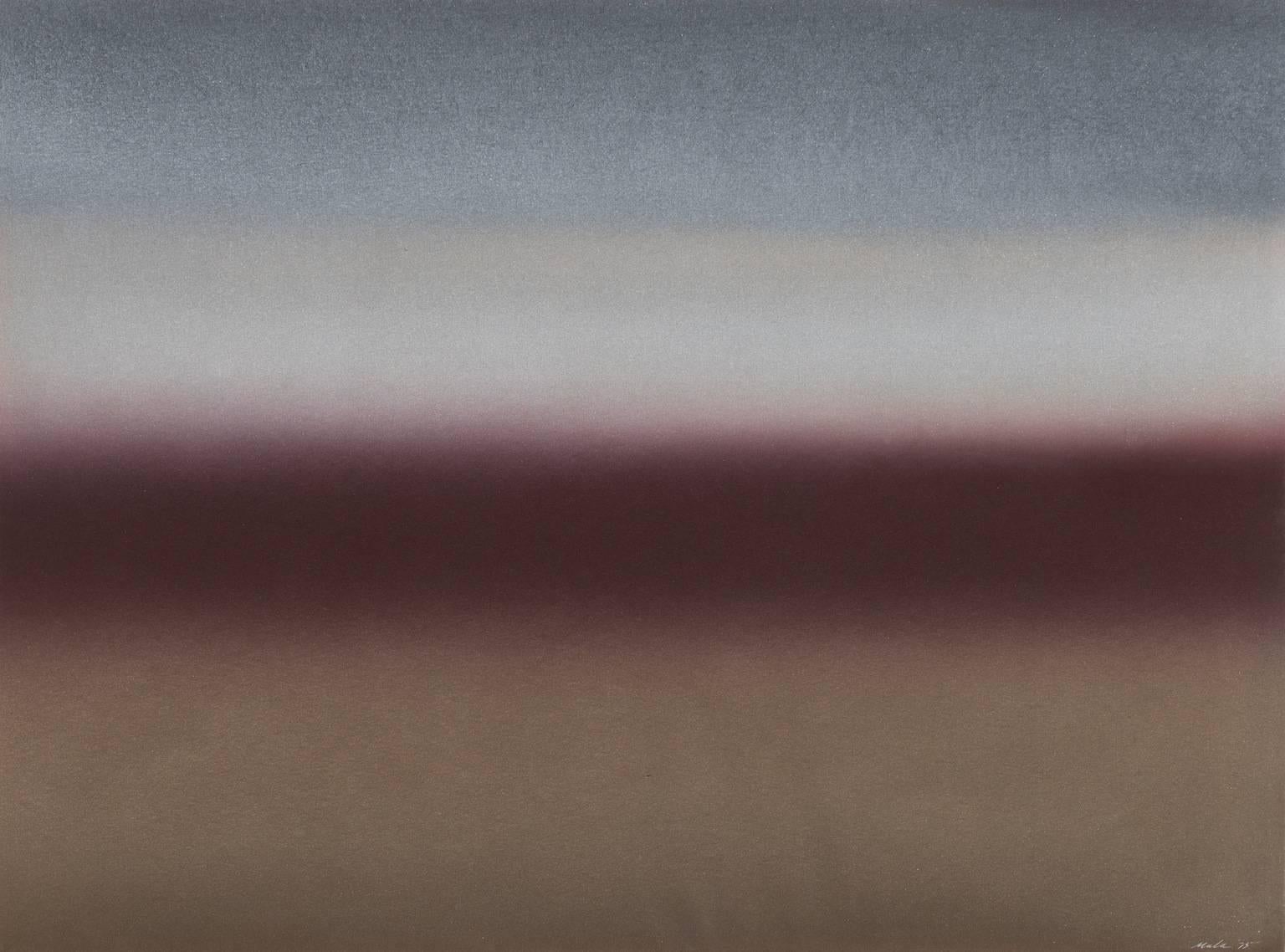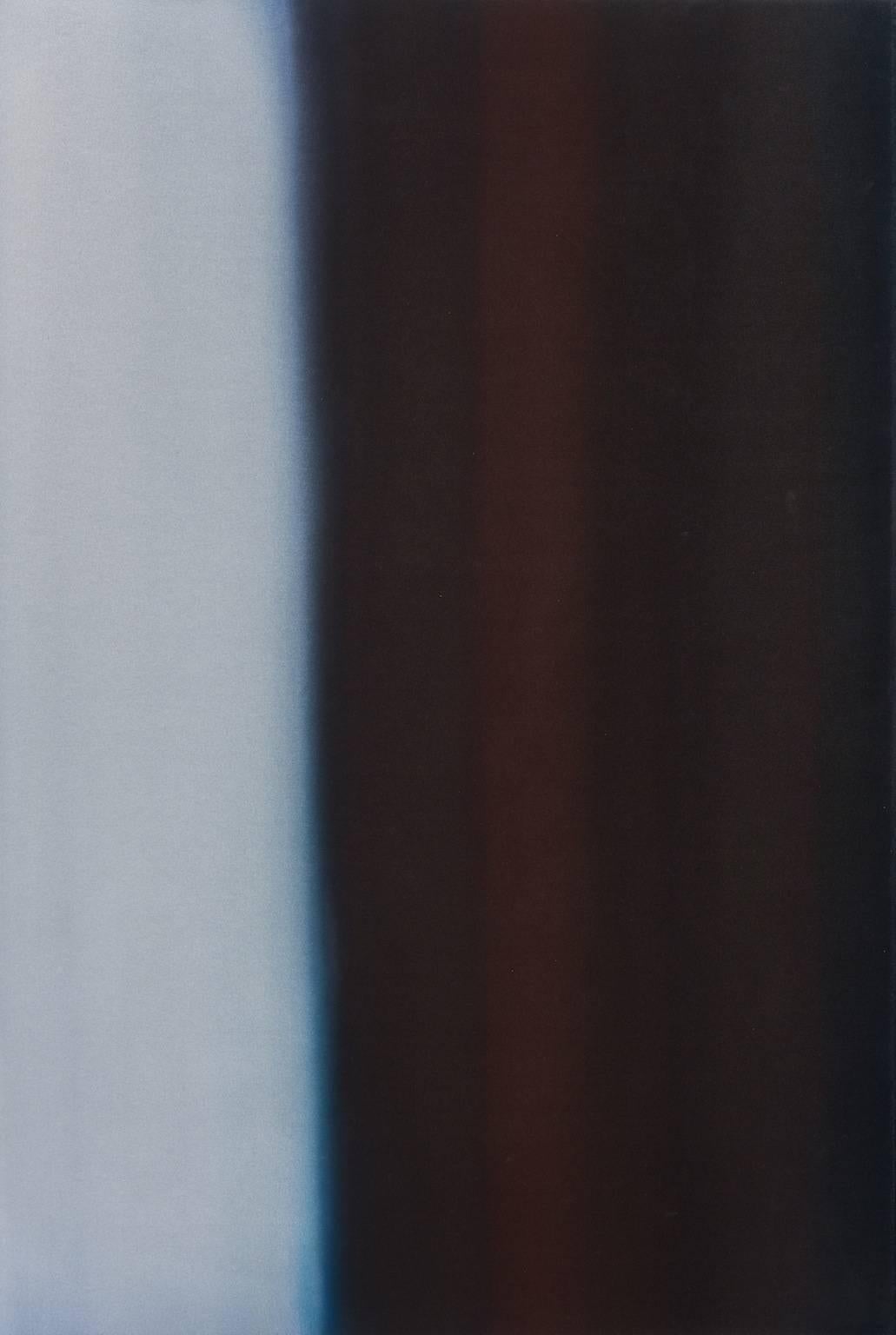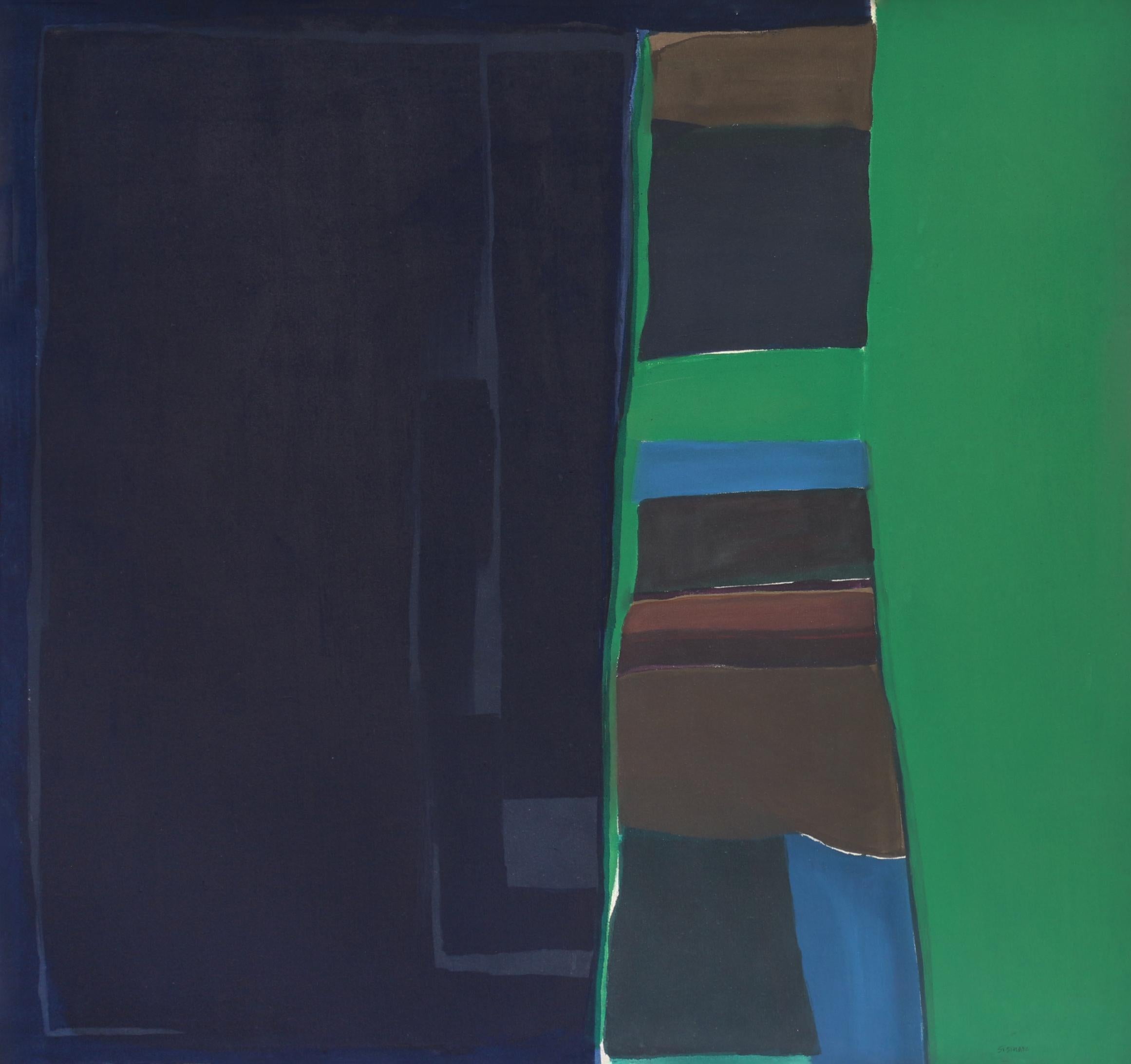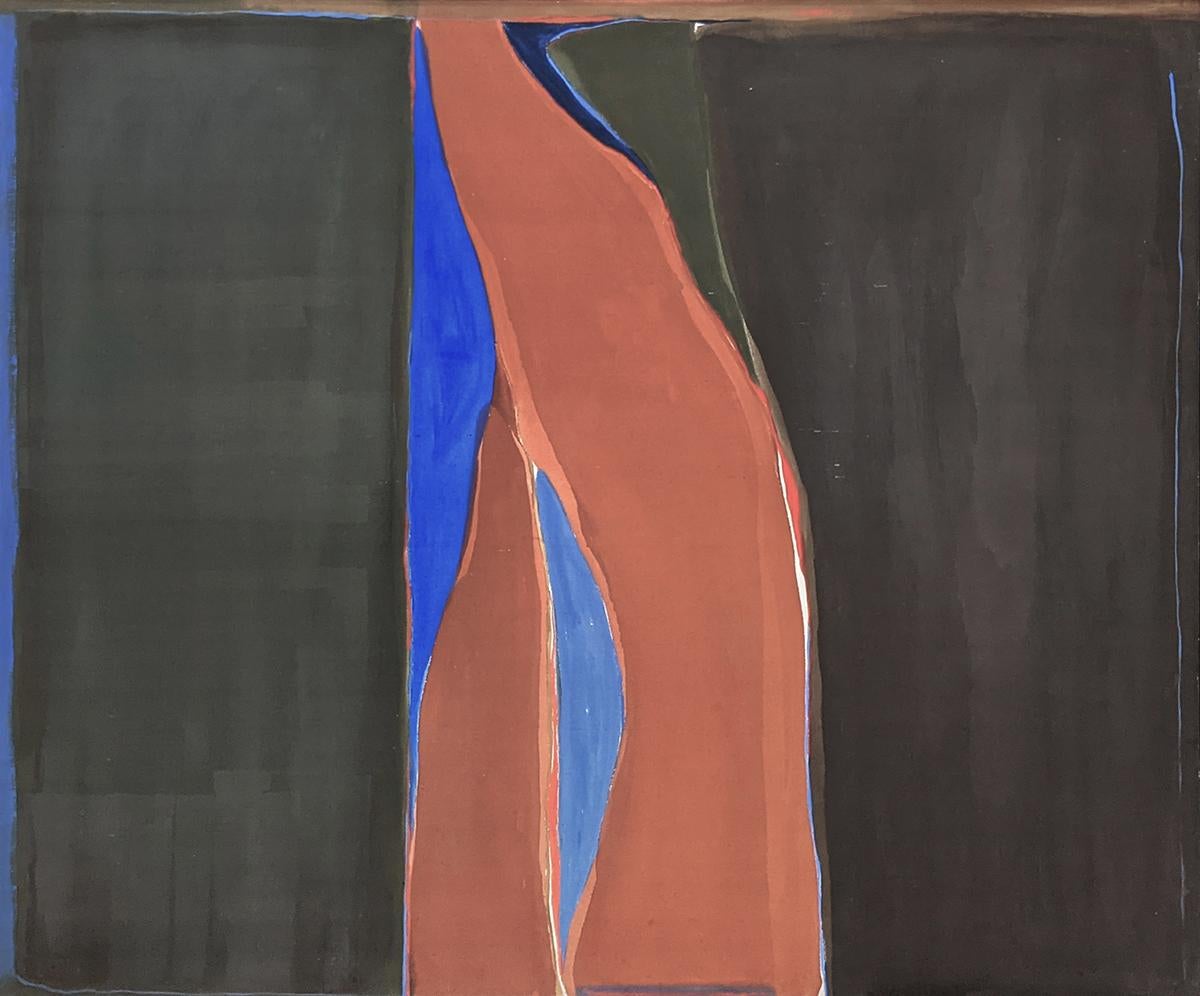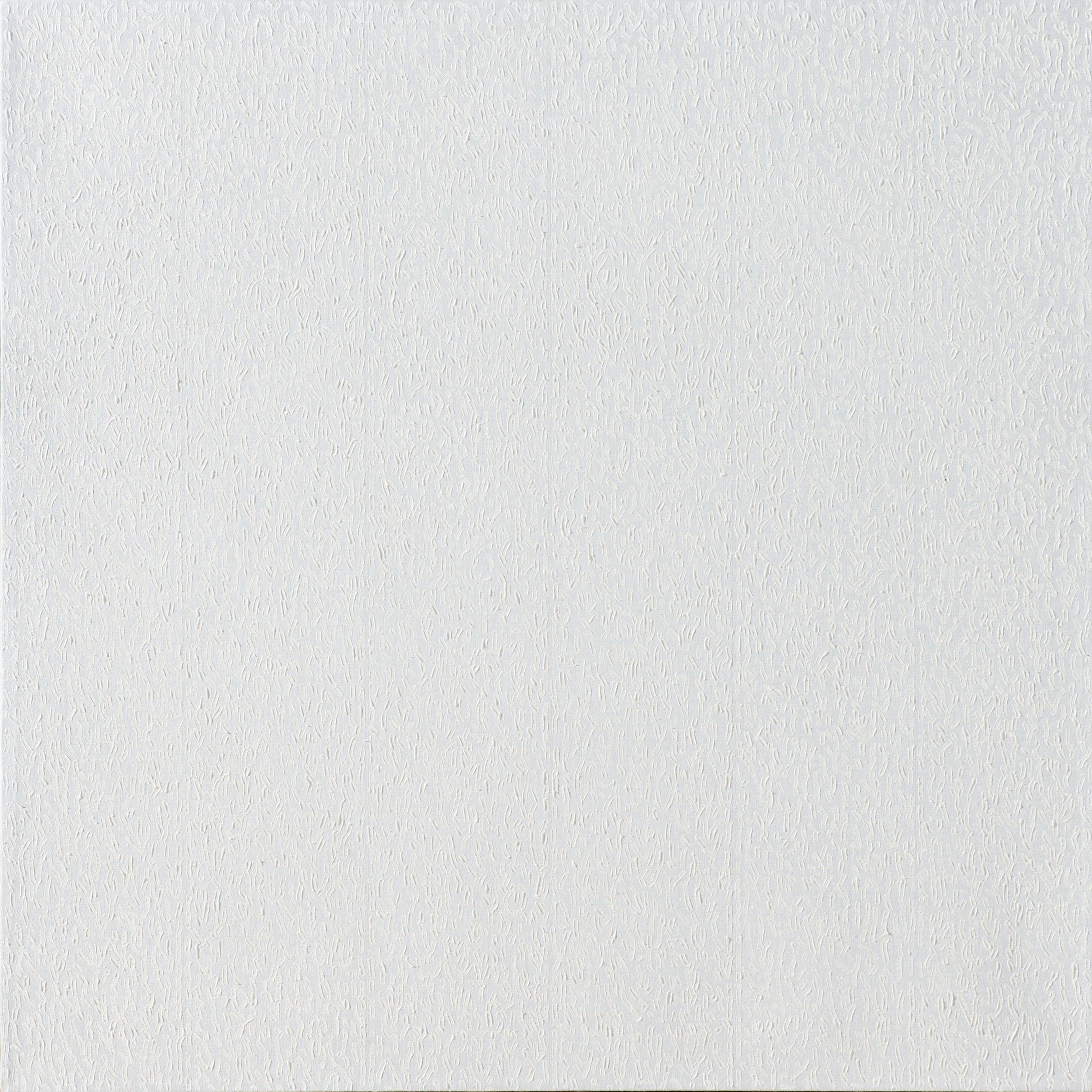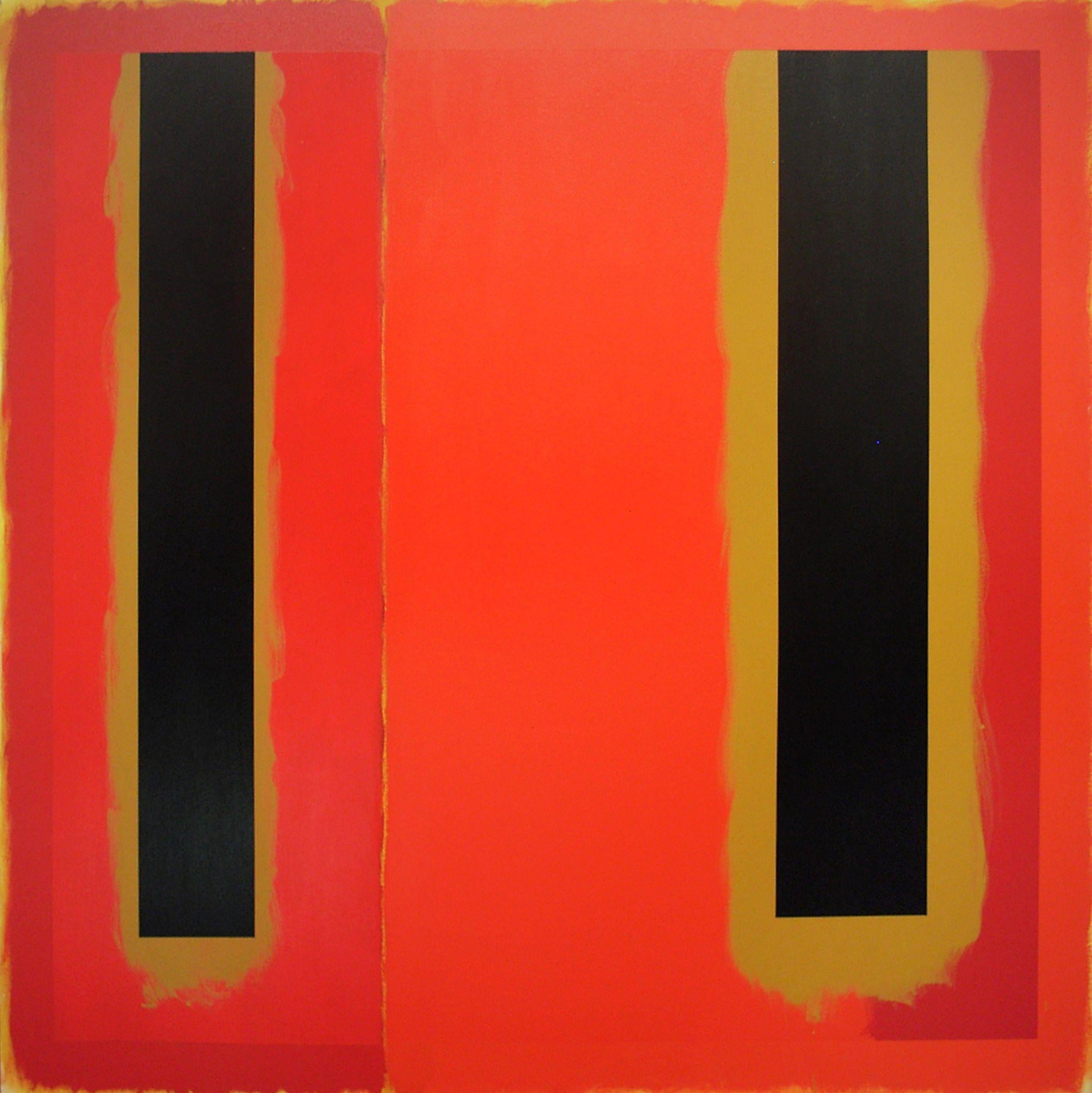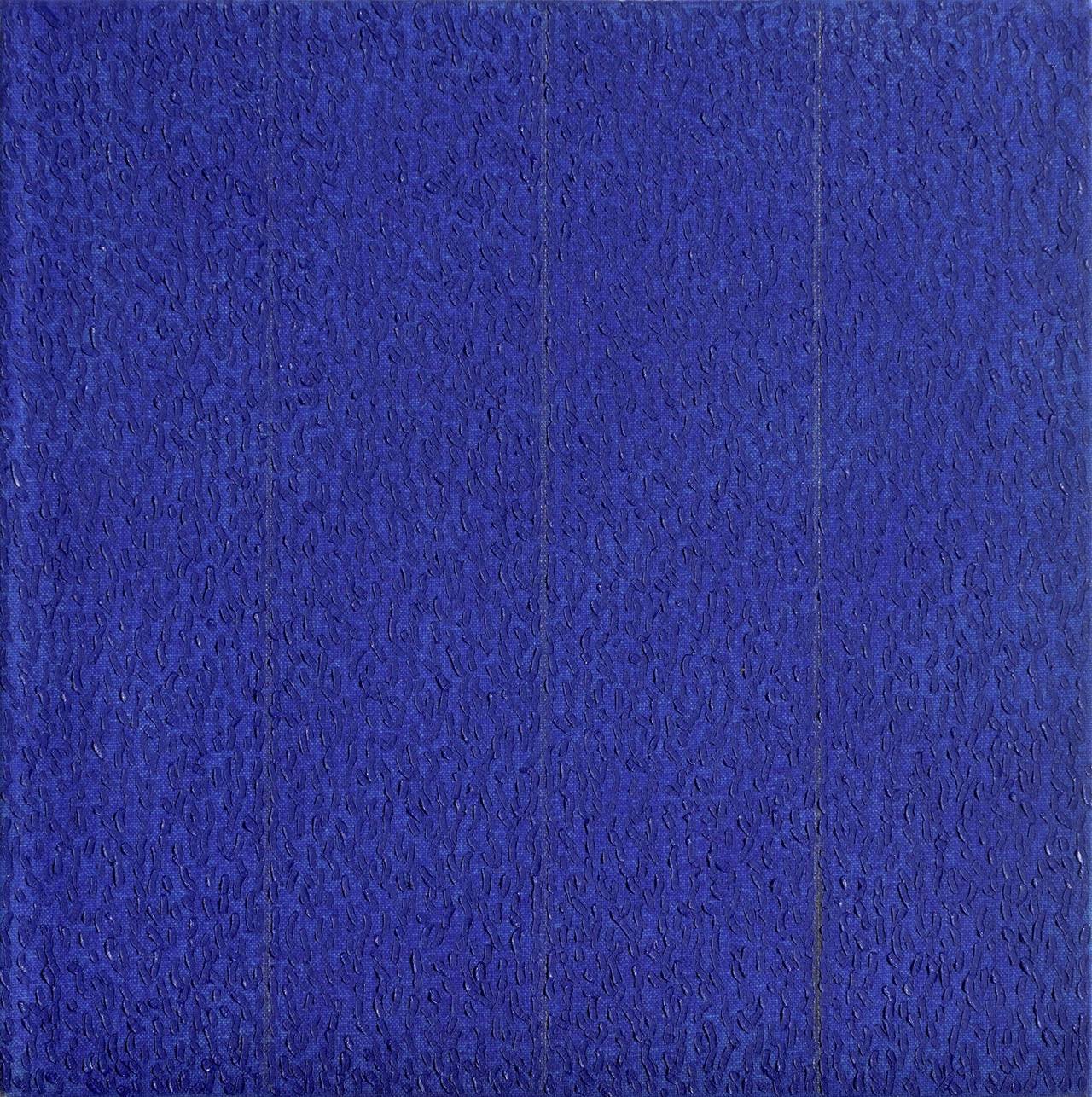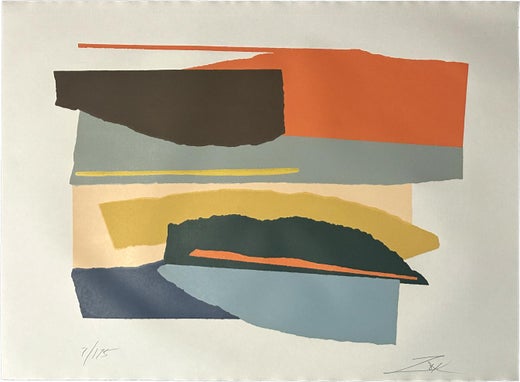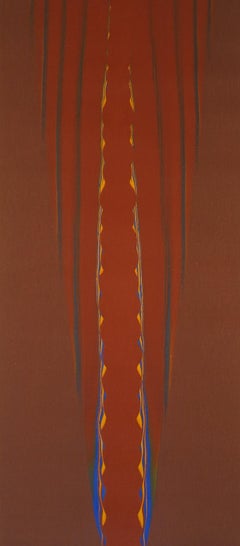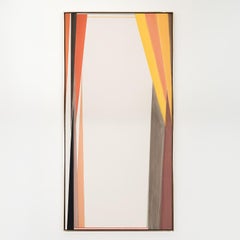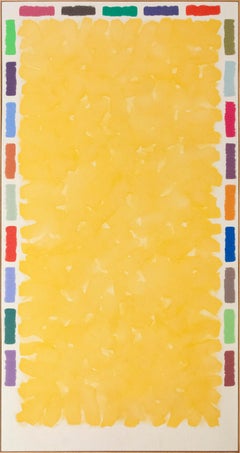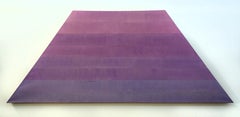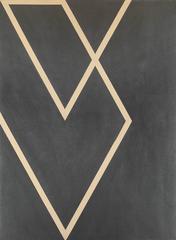
Cordova Diamond Drill
View Similar Items
1 of 1
Larry ZoxCordova Diamond Drill1967
1967
About the Item
Larry Zox
Larry Zox was one of the principal representatives of the generation of young painters following the era of the Abstract Expressionists. He is best known for his exuberant geometric abstractions. Many classified him as an Abstract artist, but he considered himself to be a Colorist, which made a strong contribution to the Color Field movement of the 1960s. Zox utilized geometric forms in a mechanistic format and fewer contrasting colors in a design that is based upon improvisation. His works conform to the modern idea that art must be done with fluidity, acceleration and rapidity of execution.
Authenticity Guarantee
In the unlikely event there’s an issue with an item’s authenticity, contact us within 1 year for a full refund. DetailsMoney-Back Guarantee
If your item is not as described, is damaged in transit, or does not arrive, contact us within 7 days for a full refund. Details24-Hour Cancellation
You have a 24-hour grace period in which to reconsider your purchase, with no questions asked.Vetted Professional Sellers
Our world-class sellers must adhere to strict standards for service and quality, maintaining the integrity of our listings.Price-Match Guarantee
If you find that a seller listed the same item for a lower price elsewhere, we’ll match it.Trusted Global Delivery
Our best-in-class carrier network provides specialized shipping options worldwide, including custom delivery.You May Also Like
"Untitled" Gene Hedge, Abstract Color Field, Red Blue Orange Midcentury Painting
Located in New York, NY
Gene Hedge
Untitled, circa 1970
Acrylic on canvas
48 x 18 inches
Provenance
Estate of the artist
Gene Hedge was born (1928) and raised in rural Indiana. After military service, he...
Category
1970s Color-Field Abstract Paintings
Materials
Canvas, Acrylic
Red Range
By Larry Zox
Located in Toronto, Ontario
Larry Zox (1937-2006) was a central figure in the evolution of American abstraction. He played an essential role in the emergence of Color Field during the 1960s and 1970s, eventuall...
Category
1970s Color-Field Abstract Paintings
Materials
Canvas, Acrylic
$21,300
Summer Window - large, bright, colourful, yellow, abstract, acrylic on canvas
By Milly Ristvedt
Located in Bloomfield, ON
Washes of sun yellow are edged in dashes of bright colors - mauve, cerise, lime and rust -- in this monumental color-field canvas by Milly Ristvedt. "Summer Window" from 1973 was cr...
Category
1970s Color-Field Abstract Paintings
Materials
Canvas, Acrylic
Glide - large, purple, pink, hues, striped, abstract, acrylic on shaped canvas
By Milly Ristvedt
Located in Bloomfield, ON
Gradient bands of washed violet turn to dust rose in this shaped canvas from 1968 by Milly Ristvedt. From the first part of her career, this powerful painting is rooted in the tenets...
Category
1960s Color-Field Abstract Paintings
Materials
Canvas, Acrylic
Untitled, 1974
By Claudia Sisemore
Located in Salt Lake City, UT
"Untitled, 1974" by Claudia Sisemore, acylic on canvas, 58 x 56 inches, $7,200. Unframed.
"I have a vague idea of what I am going to paint. I read that many artists are inspired by an idea before they begin their work and plan their approach and process based on that idea or muse. Others become inspired after they have begun working and watching colors, shapes and designs form. I basically belong the second group. Usually, after painting begins in a loose, free manner, I become excited by certain colors and patterns and continue from there." -Claudia Sisemore
--
Caudia Sisemore says she was teaching English when artist David Chaplin (an equally popular and influential teacher) was at Weber and initially got her into landscape painting. “Then he took me to a show at the Art Barn and Lee [Deffebach] was showing there [with Don Olsen...
Category
1970s Color-Field Abstract Paintings
Materials
Canvas, Acrylic
1975 (raw umber, phthalo blue, yellow umber)
By Mala Breuer
Located in Phoenix, AZ
Mala Breuer grew up attending classes in painting and drawing from a young age at the California College of Arts and Crafts. After high school she attended the, now, San Francisco A...
Category
1970s Color-Field Abstract Paintings
Materials
Canvas, Acrylic
